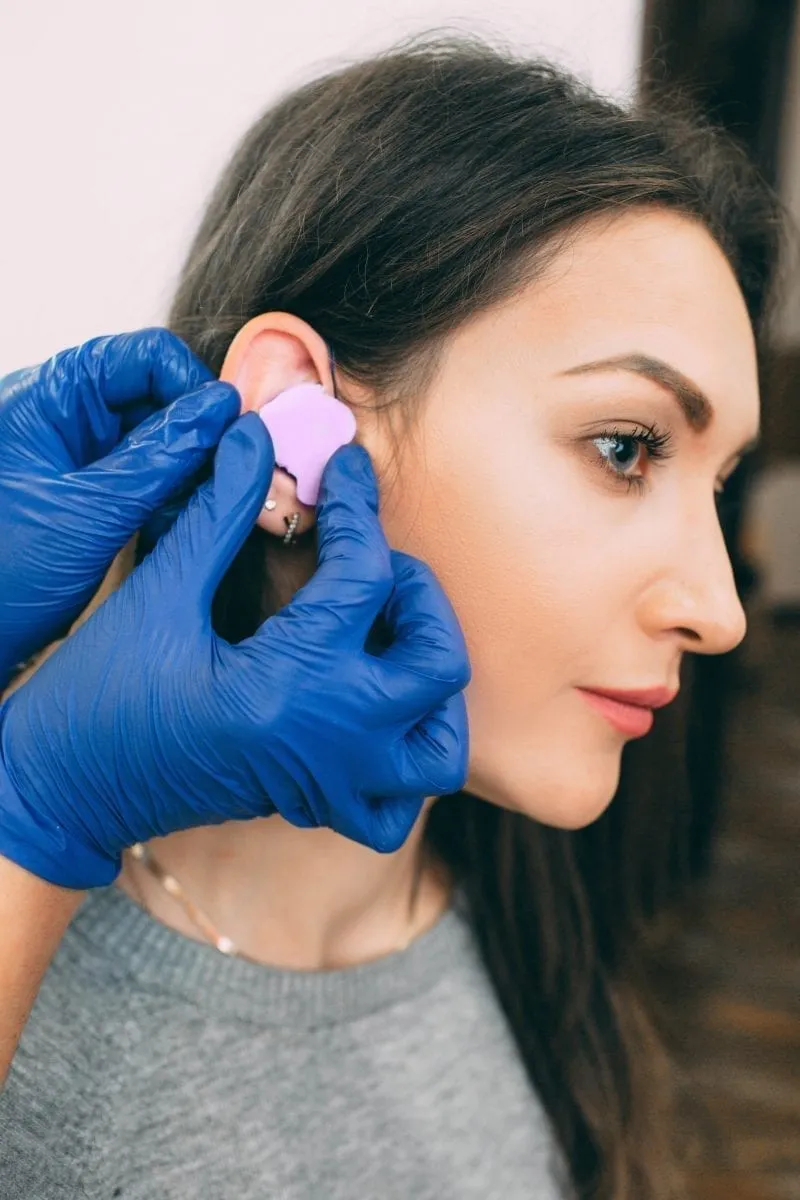LASIK (Laser-Assisted in Situ Keratomileusis) and PRK (Photorefractive Keratectomy) are corrective laser surgeries that resolve refractive errors like astigmatism, myopia, and hyperopia. While the objective of these procedures is the same, the way eye doctors perform the treatments is different. Understanding the differences between these two procedures can help you determine which laser eye surgery is optimal for you. Here are three differences between LASIK and PRK eye surgery:
Surgical Procedure
Both LASIK and PRK surgeries reshape the cornea, but the steps followed in each laser eye surgery are different. During LASIK, your eye doctor cuts a thin flap into your cornea using a specialized blade or a femtosecond laser. They then lift the flap and reshape the underlying corneal tissue using an excimer laser. Once done, your doctor folds the corneal flap back into place, being careful to align it precisely. The cornea naturally adheres without the need for stitches.
Unlike LASIK, eye surgeons do not create a corneal flap during PRK. Instead, they remove the cornea’s outer layer, known as the epithelium, using a gentle brush. After removing the epithelium, your ophthalmologist uses an excimer laser to reshape your cornea. Once done, they place a bandage that looks like a contact lens over your eye to protect it as the epithelium layer regrows.
Recovery
Because LASIK does not involve removal of the corneal layer, recovery is often quicker than with PRK, with patients noticing improved vision within a few days after surgery. Immediately after LASIK, you may experience minor irritation, dry eyes, and blurry vision, which you can manage with moisturizing eye drops and pain medication. LASIK patients can resume their regular activities a few days after the procedure.
The epithelium needs a few days to regenerate after removal, which makes recovery after PRK take a slightly longer time. Visual improvement after PRK is gradual, and it may take a few weeks to achieve crisp vision. Your doctor should continually test your vision during your recovery period to monitor your progress. You can only get clearance to drive after your ophthalmologist’s tests verify you have clear vision.
Suitability
Suitability for LASIK or PRK depends on corneal thickness, lifestyle, and pre-existing eye conditions. You are a candidate for LASIK if you have mild to moderate refractive errors and have sufficient corneal thickness. Ophthalmologists recommend alternative treatments to LASIK for patients who have chronic dry eye. LASIK is also not ideal for individuals who play contact sports or engage in activities that may cause eye trauma.
PRK is a viable option for patients with more severe refractive errors and individuals who may not qualify for LASIK. Since PRK does not involve a corneal flap, there is no risk of complications from the corneal flap dislodging for patients with active lifestyles. Total removal of the epithelium also makes it easier for ophthalmologists to operate on patients with thin or irregular corneas during PRK. You are also a candidate for PRK if you have mild dry eye. This is because of the minimal risk of the procedure worsening your condition.
Choose a Suitable Laser Eye Surgery for You
PRK and LASIK differ in several ways, which makes them appropriate vision correction solutions for particular patients. LASIK is ideal if you have mild to moderate refractive issues and want a treatment with a quick recovery time and minimal discomfort. If your refractive issues are more severe or your corneas’ shape is not conducive for LASIK, you can choose PRK as an alternative treatment. Consult with an experienced ophthalmologist on the pros and cons of LASIK and PRK, and get an eye exam to determine which procedure best suits your needs.



